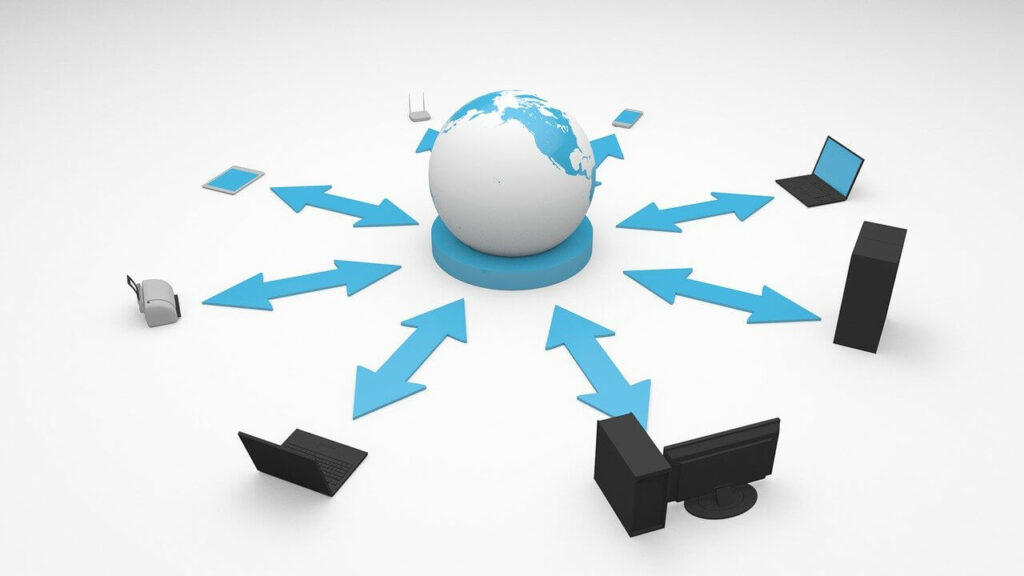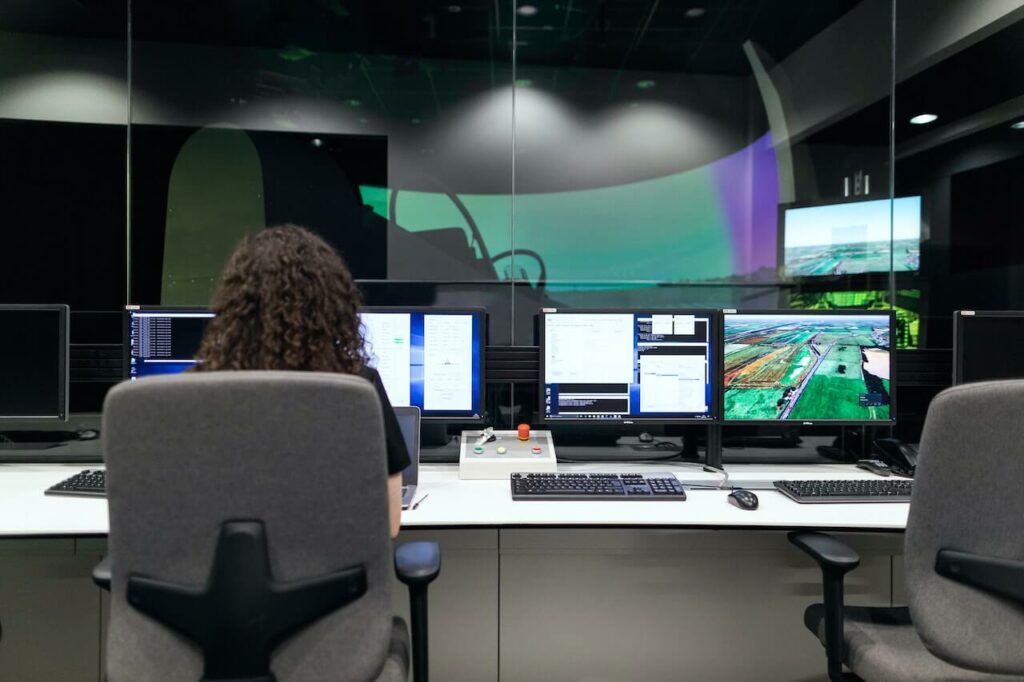As a project manager, your core responsibility is to successfully manage the project and deliver the project stakeholders’ requirements.
To do this, you have to monitor the project always to ensure you are on the right track without deviation, and promptly control the project back on track when deviations occur. This is the purpose of the monitoring and controlling process group.
The monitoring and controlling process group is an integral part of the project’s life cycle that helps to ensure the progress or performance of the project is monitored against the set performance measurement baseline.
Where there are deviations that are beyond acceptable thresholds which endanger the likelihood of the project’s success, control measures should be adopted to promptly bring the project back on track.
Project Management Process Groups
Projects consist of a life cycle, phases, and various processes. These are tailored according to the type of project and its nature.
These processes are necessary in order to manage and deliver the project and its associated deliverables successfully. As a project manager, this tailoring is a part of your responsibility as not every process is required for every project.
According to the Project Management Book of Knowledge (PMBOK) 6th edition, each process can be classified into 5 process groups.
The 5 project management process groups are:
- Initiating.
- Planning.
- Executing.
- Monitoring and controlling.
- Closing.

Read Also: How to Avoid Gold Plating when Managing Projects
What is Monitoring and Controlling Process Group?
The Monitoring and Controlling Process Group consists of the processes required to track, review, and regulate the project’s progress and performance.
These processes help to identify areas where changes to the plan are required and then initiate the corresponding changes.
While the project work is being done, work performance data is collated and fed into the monitoring and controlling process group, and analyzed to ensure the project work is progressing according to the baselines in the project management plan.
If there is a variance from the plan and it requires changes, the change requests are initiated and evaluated to determine the impact of the changes on the project and weigh the options of approving, rejecting, or deferring them.
When changes are approved, some adjustments to the performance measurement baseline and project management plan may be required. This replanning is done within the process group.
Monitoring and controlling is a process group that encompasses the project. It goes on practically all through the duration of the project work.
After the project management plan and baselines have been modified, the revised documents are presented to the project team for execution.
If the variance from the baseline is very much, then the review goes as far back as the project initiating process group as the project charter would change.

Importance of Monitoring and Controlling in Project Management
The key benefit of the monitoring and controlling group is that it ensures quality deliverables and the project’s success.
The processes in the group ensure that the project is observed and its progress is regularly measured. This way, variances from what has been planned for the project along with the baselines are identified as soon as possible.
Then corrective or preventive actions are taken thus ensuring a high probability of a successful project.

Read Also: Kill Point in Project Management
Difference between Monitoring and Controlling in Project Management
While monitoring and controlling both have processes in the group that all work together for the sole purpose of ensuring the progress goes according to the project management plan and meets the performance measurement baseline, there exists a difference between monitoring and controlling.
Monitoring involves observation of the project work, collection of work performance data, measurement and analysis of the data, and the reporting of the work performance information to the project manager and key stakeholders.
Control on the other hand uses this work performance information to ensure the project work is brought to be in tandem with the project management plan and the baselines so the project success is achieved.

Tasks in Monitoring and Controlling Process Group
When executing and managing the project work, these are the tasks in monitoring and controlling process group expected to be performed.
- Monitor and control the project work.
- Measure the performance of the project work being done against the performance measurement baseline.
- Measure the project performance against other relevant metrics.
- Collect and analyze the work performance data.
- If there are variances from the project management plan and performance measurement baseline, evaluate if it warrants corrective action.
- Identify root causes of variances using techniques like process analysis (lean, six sigma, kanban) in order to influence factors leading to them.
- Request changes when needed due to variances.
- Perform integrated change control.
- Approve or reject changes.
- Inform the stakeholders of the outcome of the change requests.
- Update the project management plan and performance measurement baseline accordingly with the project changes.
- Monitor stakeholder engagement.
- Track and evaluate naming conventions, version control processes, storage and retrieval system (configuration management), and the performance management information system (PMIS). This ensures the latest version of the project is known by everyone.
- Create forecasts.
- Perform quality control and quality inspections.
- Manage, evaluate, and close procurements.
- Evaluate and monitor the use of project resources.
- Perform risk reviews, reassessments, and audits.
- Manage project reserves.
- Make a decision to accept or reject deliverables.
- Evaluate the effectiveness of implemented corrective actions.
- Assess the effectiveness of project control systems.
- Identify and analyze new risks.
- Identify and analyze trends.
- Use milestones as a project control tool.
- Use and interpret earned value calculations.
- Use quality control tools like cause and effect diagrams, and performance reviews.
- Control changes.
- Validate defect repair.
- Update risk responses and communicate with stakeholders.
- When analyzing change requests, consider the business case, and the organization’s strategic objectives.
- Refine control limits.

Processes in Monitoring and Controlling Process Group
Now that we have seen the tasks and activities that are to be performed in this process group, it is important to know the high-level processes that make up this process group.
The monitoring and controlling group has 12 processes. These are:
- Monitor and control project work.
- Perform Integrated Change Control.
- Validate scope.
- Control scope.
- Control schedule.
- Control costs.
- Control quality.
- Control resources.
- Monitor communications.
- Monitor risks.
- Control procurements.
- Monitor stakeholder engagement.

Control Scope Process
- Follow the change management plan.
- Measure the project scope performance against the scope baseline.
- Influence the factors that cause changes.
- Control scope changes and the impacts.
- Request changes as needed.
- Update the scope baseline, parts of the project management plan, and requirements documentation in line with the approved changes.
- Validate changes to ensure they actually correct the problem.
- Document the lessons learned.
Control Schedule Process
- Follow the change management plan.
- Measure schedule performance against the schedule baseline.
- Control schedule changes and their impact.
- Influence factors that cause changes.
- Analyze work performance data.
- Request changes as needed and validate the impact.
- Update the schedule baseline and the parts of the project management plan and documents.
- Manage the schedule reserves.
- Create schedule forecasts (use earned value analysis).
Control Costs Process
- Follow the change management plan.
- Analyze the work performance data.
- Measure project costs against the cost baseline.
- Influence factors that cause changes.
- Control cost changes and their impacts.
- Request changes as needed and validate.
- Update the baseline, project management plan, and cost-related documentation.
- Recalculate estimated cost of completion, and other cost forecasts using earned value analysis.
- Document lessons learned.
- Manage cost reserves.
- Obtain additional funding if required.
Control Quality Process
- Hold periodic inspections.
- Ensure that the project deliverables meet the specified standard.
- Influence factors that cause changes.
- Request changes or improvements to the project work and processes as needed.
- Make decisions to accept or reject work.
- Assess the effectiveness of project quality control systems.
- Analyze the work performance data and variances.
Control Resources Process
- Follow the resource management plan.
- Ensure that the type and quantity of resources available tallies with the plan.
- Analyze the work performance data.
- Request changes as needed and validate them.
- Update the resources management plan as necessary.
- Document lessons learned.
Monitor Communications Process
- Ensure information is communicated to the appropriate people in the right way.
- Analyze information about communications to ensure it is meeting the needs of stakeholders.
- Request changes as needed and validate them.
- Update the communications management plan as necessary.
Monitor Risks Process
- Reassess project risks, and planned responses.
- Identify new risks.
- Create and implement workarounds.
- Perform risk audits to evaluate risk management processes’ effectiveness.
- Evaluate the effectiveness of implemented risk response plans.
- Request changes.
- Document lessons learned.
Control Procurement Process
- Monitor performance to ensure parties meet their contractual obligations.
- Inspect and verify contract deliverables.
- Protect your legal rights.
- Follow the defined procurement management procedures, including the contract change control system.
- Analyze work performance data, seller work performance reports, and variances.
- Request and manage changes.
- Authorize contract-related work.
- Issue and review claims.
- Review invoices and make payments.
- Update the project management plan and procurement documentation.
- Validate contract changes, control contracts to update versions, and evaluate the effectiveness of changes.
- Document lessons learned.
- Close out contracts as final deliverables are completed and accepted.
Monitor Stakeholder Engagement Process
- Analyze work performance data.
- Evaluate stakeholder engagement and relationships with the goal of improvement.
- Assess whether the project aligns with stakeholders’ expectations.
- Resolve conflicts.
- Maintain an issue log.
- Request changes.
- Update the stakeholder register, and stakeholder management plan.
- Document lessons learned.
Conclusion
The processes of the monitoring and controlling process group seek to measure the project progress against set expectations and control it when variances occur.
It is important to note that monitoring and controlling processes are designed to envelop the entire project management life cycle and are key to the overall project success.





